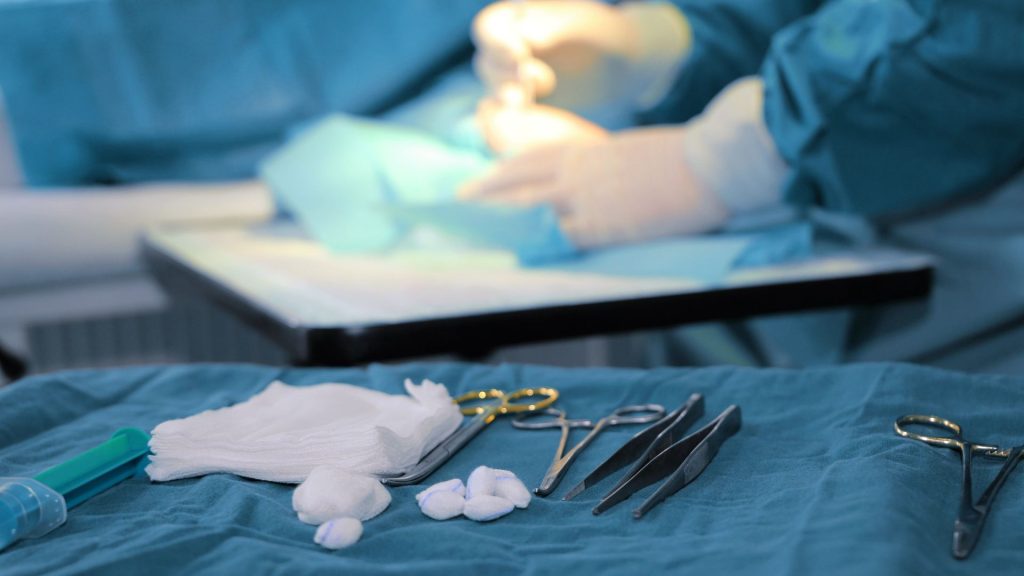Living with Hidradenitis Suppurativa (HS) can be a challenging experience, as those affected often endure persistent pain, inflammation, and repeated flare-ups. While medical therapies and lifestyle changes play a vital role in managing the condition, surgical treatment in Hidradenitis Suppurativa may become a necessary option for some individuals with more severe or recurrent HS. The decision to undergo surgery can be a complex and emotional one, but being well-informed about the available surgical options, procedures, and expected outcomes can help individuals make more confident and educated decisions regarding their care.
In this article, we will explore the various surgical treatment in Hidradenitis Suppurativa, providing a comprehensive and in-depth look at the different types of surgeries available, including their indications, the procedures themselves, and the overall implications of undergoing surgery for Hidradenitis Suppurativa. Additionally, we will discuss the critical aspects of post-operative care and delve into the potential treatment outcomes and long-term considerations for individuals who choose to undergo surgery for Hidradenitis Suppurativa management.
By offering clear and concise information regarding the array of surgical options, informed by evidence-based research and expert insights, this article aims to guide and empower individuals living with Hidradenitis Suppurativa to make informed decisions regarding their treatment options. By equipping Hidradenitis Suppurativa patients with thorough and accurate knowledge, individuals can work collaboratively with their healthcare providers to determine the most suitable treatment plan for their unique situation.

Types of Surgical Treatment in Hidradenitis Suppurativa
1. Incision and Drainage
This procedure involves making an incision in the affected area to release pus and reduce pressure caused by an abscess. While incision and drainage provide temporary relief, it is generally not recommended as a long-term solution due to the high chance of recurrence.
2. Deroofing
Deroofing involves removing the roof or top portion of an HS lesion, creating an open wound that heals from the inside out. It is most suitable for patients with recurring tunnels (sinus tracts) and abscesses, and it helps reduce the likelihood of recurrence.
3. Excision
Excision surgery involves the complete removal of the affected skin and surrounding tissue. There are different types of excision, including wide excision, which removes the affected area plus a margin of healthy skin, and radical excision, which entails removing a more extensive area of tissue. Excision surgery is often used for more severe or extensive cases of HS.
4. Skin Grafting and Flap Techniques
In some instances, particularly after extensive excision surgery, skin grafts or flap techniques may be used to help close the wound and promote healing. Skin grafts involve taking a thin layer of healthy skin from another area of the body and placing it over the wound, while flap techniques involve relocating a section of skin, fat, and sometimes muscle to cover large wounds.
Post-operative Care and Recovery
After HS surgery, proper wound care and post-operative management are crucial for a successful recovery. Pain management, wound hygiene, and adhering to your healthcare provider’s instructions are of utmost importance. Some additional post-operative care tips include:
1. Follow pain management guidelines provided by your physician
2. Keep the wound clean and dry, changing dressings as directed
3. Monitor the wound for signs of infection, such as increased redness, swelling, or discharge
4. Avoid activities that may cause excessive sweat or friction on the surgical site
5. Attend follow-up appointments and maintain open communication with your healthcare team
Outcomes and Long-term Considerations
The primary goal of surgical intervention in Hidradenitis Suppurativa is to alleviate pain, reduce inflammation, and minimize the recurrence of lesions. While the success of surgery in achieving these goals varies, evidence suggests that excision surgeries have higher rates of success and lower rates of recurrence compared to less invasive procedures, such as incision and drainage.
Empowering Decision Making: The Future of Surgery in HS Management
Surgery can be an effective management strategy for Hidradenitis Suppurativa in certain cases, and understanding the available options is crucial for individuals considering surgical intervention. By informing yourself about the procedures, recovery, and outcomes, you can make a well-informed decision and collaborate with your healthcare team to determine the best course of treatment for your unique situation.
The Canadian Hidradenitis Suppurativa Foundation is a trusted resource for individuals living with HS, providing education, and advocacy. Reach out to us for invaluable HS support in Canada and find the information and tools you need to make empowered decisions about your care.
